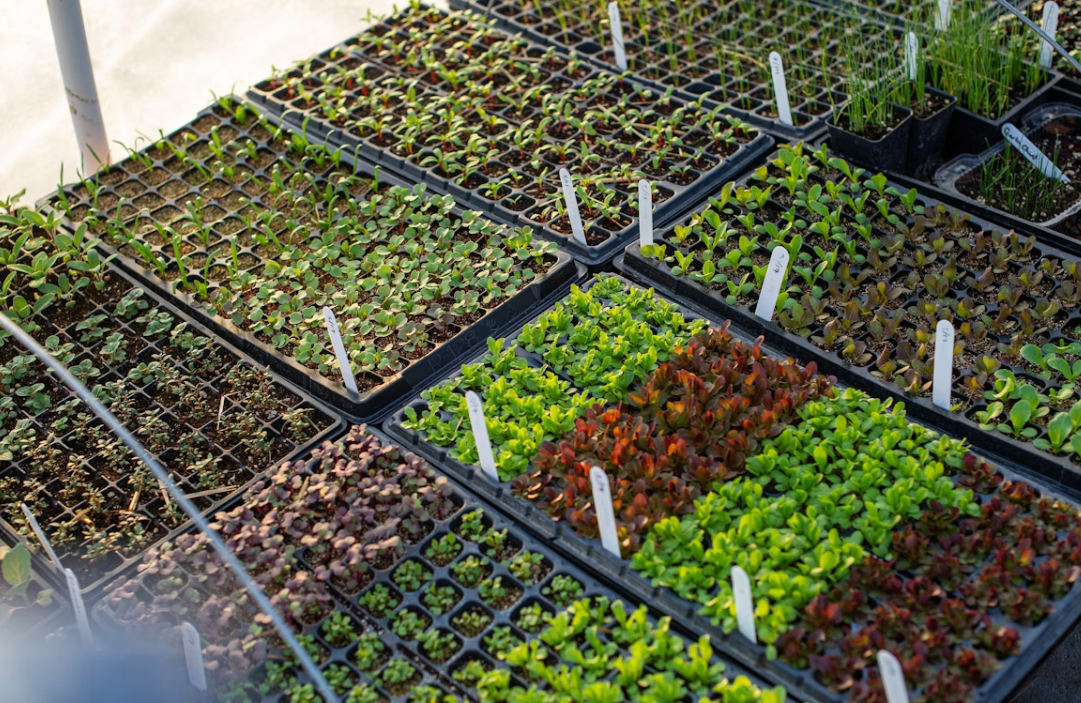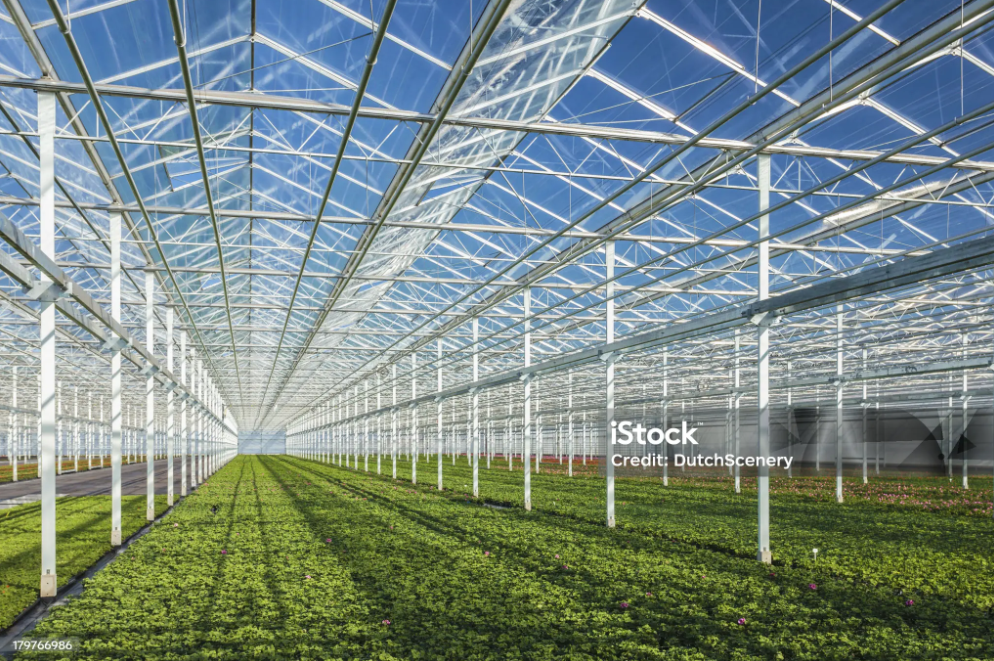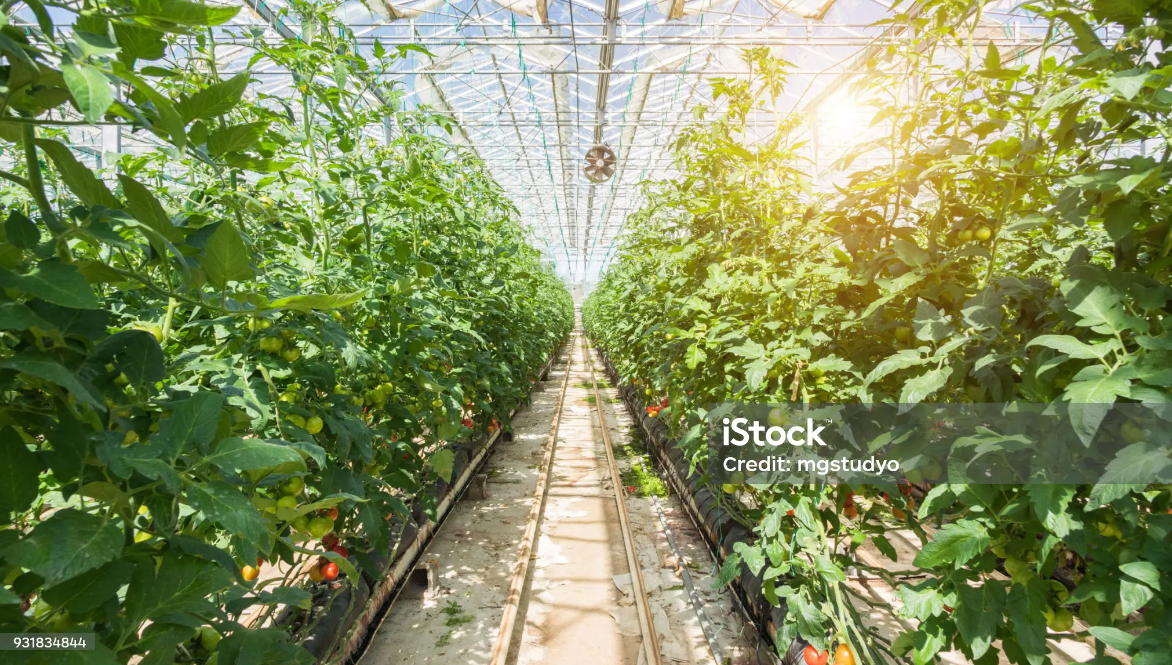In the world of modern agriculture and commercial plant production, few concepts are as crucial—or misunderstood—as the greenhouse effect. When potential buyers or new nursery operators ask, “What is the greenhouse effect in a nursery?”, they often confuse it with the negative associations of global warming. However, in horticulture, the greenhouse effect is a vital and beneficial process that powers efficient plant growth, especially during early seedling development.
Let’s break down what the greenhouse effect means inside a nursery, how it works, and how greenhouse designers like us use it to build high-performing nursery environments.

In simple terms, the greenhouse effect in a nursery refers to the process by which solar radiation enters a transparent or translucent greenhouse structure (typically made of polycarbonate, glass, or PE film), warms the internal air and surfaces, and traps some of that heat to maintain a stable and warmer environment than the outside air.
Here’s how it works step by step:
Solar energy passes through the greenhouse covering material.
Inside, sunlight is absorbed by the ground, plants, benches, and other surfaces.
These surfaces re-emit heat as infrared radiation.
However, the greenhouse covering limits the escape of this heat, trapping it inside.
This raises the internal temperature—even in cold seasons—creating an ideal microclimate for plant growth.
This controlled microclimate is especially important in nursery settings, where young plants, seedlings, and cuttings need a warm, stable environment to grow.
Nurseries are delicate ecosystems where temperature stability and humidity control are critical. The greenhouse effect offers several advantages in this context:
Seedlings are highly sensitive to environmental stress. Warmth from the greenhouse effect encourages faster germination, root development, and leaf emergence—particularly important in commercial nurseries where time is money.
Instead of relying entirely on artificial heating, a well-designed greenhouse captures and retains solar heat naturally. This reduces reliance on gas or electric heating systems, especially during daylight hours.
The greenhouse effect helps retain water vapor inside the structure, which is beneficial for tender seedlings that require moist air to avoid stress and wilting.
With the greenhouse effect, nurseries can operate year-round—even in cold climates—by maintaining favorable temperatures long after the outdoor growing season ends.
To make the most of the greenhouse effect in a nursery, structural design and material choices are critical. Here are some design elements greenhouse manufacturers like us use:
Polycarbonate sheets with double or triple walls provide better heat insulation while still allowing light transmission.
Glass provides excellent clarity and durability but may need thermal curtains or insulation systems to prevent heat loss at night.
PE film greenhouses are affordable and effective but require UV stabilization and frequent replacement.
Use thermal screens, sidewall curtains, and foundation insulation to reduce heat loss at night and during cloudy weather.
Orient the greenhouse east-west to maximize sun exposure in winter months. Combine passive ventilation (roof vents) and active systems (fans) to regulate temperature without losing too much heat.
Some advanced nurseries install thermal mass (e.g., water barrels or concrete floors) to absorb heat during the day and release it slowly at night.

Although the greenhouse effect helps trap heat, excessive temperatures can be harmful. In regions with high sun intensity, nurseries must also manage cooling and shading:
Shade cloths can reduce light intensity and heat buildup.
Evaporative cooling systems help reduce internal temperatures through moisture evaporation.
Automatic venting systems open roof or side vents when temperatures exceed optimal levels.
So, while the greenhouse effect is key to maintaining warmth, a good nursery balances it with ventilation and climate control systems to avoid overheating.
Let’s take a real example: a commercial flower nursery growing phalaenopsis orchids. These tropical plants need:
Stable temps between 22–28°C (72–82°F)
High humidity (~70%)
No direct exposure to harsh UV rays
By using the greenhouse effect, such a nursery maintains these conditions with minimal external heating, even in cooler regions. Automated systems regulate the light, airflow, and irrigation—all built around the foundation of a well-managed internal greenhouse climate.
Many people hear "greenhouse effect" and immediately think of climate change. While the principle is similar, the context is completely different.
In climate change, the greenhouse effect refers to the excess buildup of heat-trapping gases in the Earth’s atmosphere.
In a nursery, it's a controlled and localized process that mimics nature’s way of creating warm, humid conditions for plants.
By understanding this distinction, growers can better design and operate nurseries that work with nature, not against it.

So, what is the greenhouse effect in a nursery? It’s a crucial natural process that allows growers to create ideal growing environments for young plants. By capturing and retaining solar heat, nursery greenhouses can promote healthy seedling development, reduce energy costs, and extend the growing season.
At KYGreenhouse, we specialize in designing agricultural greenhouses that maximize the greenhouse effect, while offering full environmental control. Whether you’re growing vegetables, ornamentals, or specialty crops, a well-designed nursery greenhouse starts with the science behind this powerful natural phenomenon.

Copyright ©Kunyu Greenhouse Co., Ltd. All Rights Reserved | Sitemap